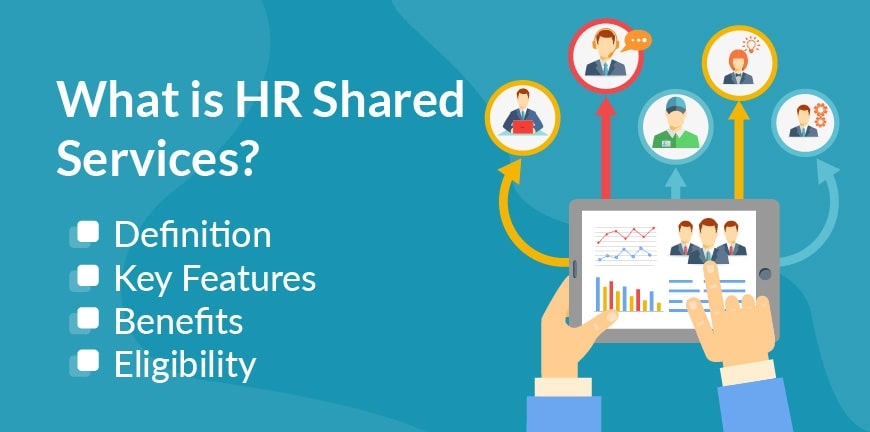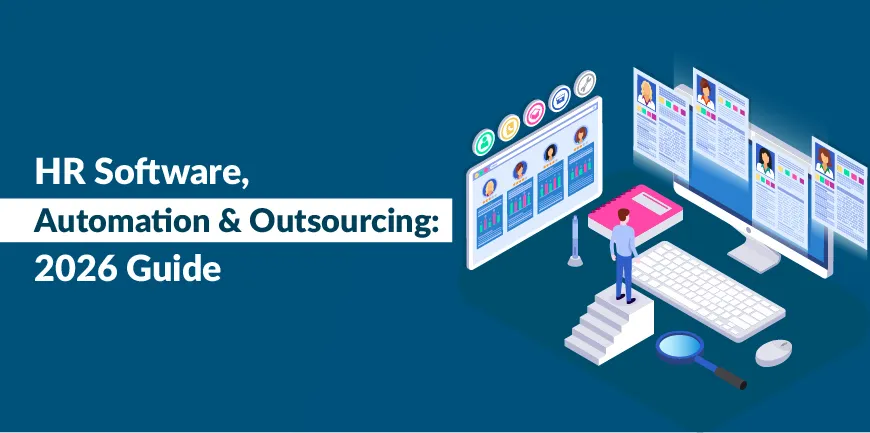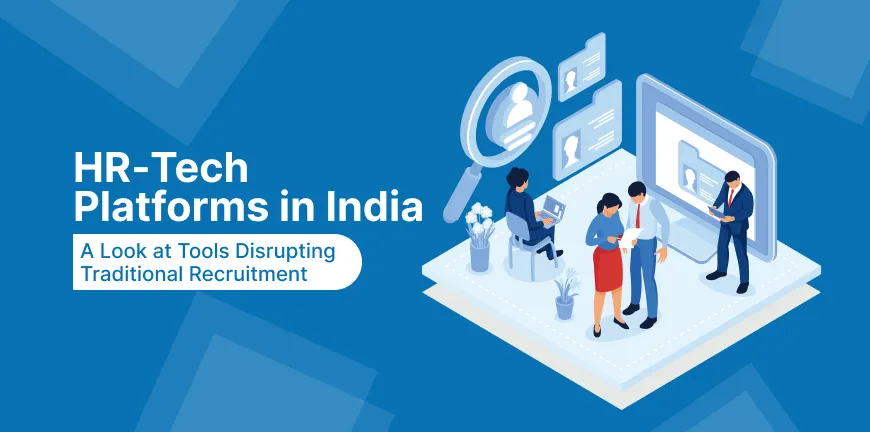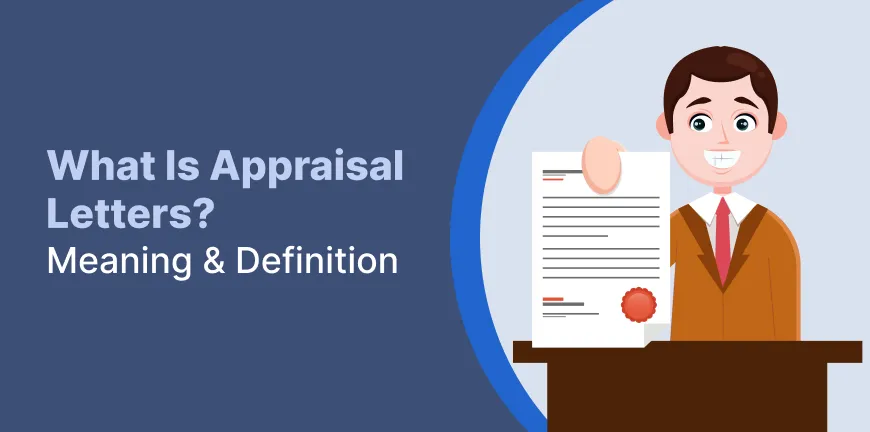
What is the Difference Between Staffing and Recruiting?
26/07/2023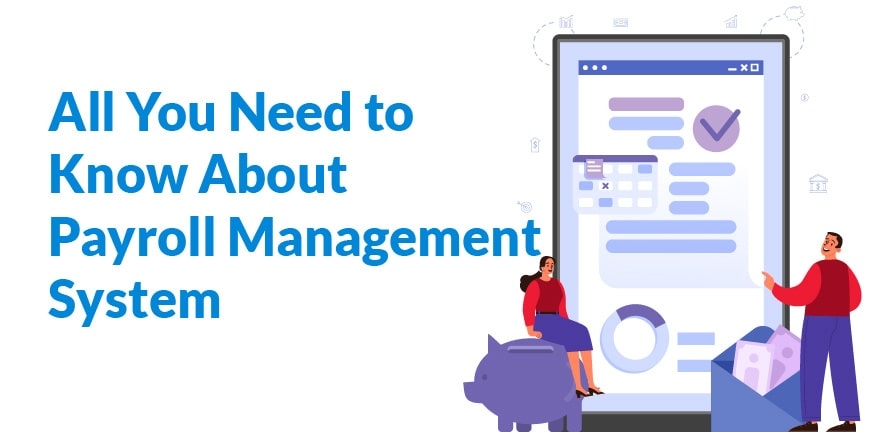
What is Payroll Management System? Definition, Benefits, Types, Key Features
28/07/2023An HR services company’s work is simple, so we think, but is that right? On the outset it might seems so, but this is not true. What people readily see is what is most immediate to them, the benefits to employees, coming under HR Shared Services. But HR is a lot more than that. Ulrich’s three-box model of HR service delivery explains in more detail the various responsibilities of HR.
Let us no look at the model in more detail to understand HR service delivery. There are four branches in Ulrich’s three-box model of HR service delivery, three that are inward facing and one that is outward facing. The first inward facing one is the organizational one where they interface with leadership, and which focuses on improving organizational capabilities to support HR practices.
The second one is the centre of excellence or the program-facing one, where SMEs or subject matter experts are involved. The third is the business facing one, where HR personnel act as business partners. The outward facing one is the interface with the employees, where HR provides shared services. This is often referred to as HR Shared Services.
What is HR Shared Services Definition?
The HR Shared Services involve all the aspects of HR where employees directly interact with HR. This involves most of the operational and administrative functions of HR that employees are familiar with, such as payroll, attendance tracking and management, productivity management, training, employee data management, reporting, relocations, and talent management and so forth.
All of these services are provided through a centralized hub that brings the HR professionals together to manage the most important and basic functions of HR, if you would call it.
What are the Benefits of HR Shared Services?
HR shared services have transformed organizations thanks to how effective it is to delegate just the right work to the right people and to bring in automation to the enterprise. The benefits of HR Shared Services are:
1. HR Transformation
With there being a separate team for HR Shared Services under the three-legged stool model, HR becomes more strategic. This is because while entry level HR professionals can focus on matters that concern employees directly and approach the SMEs only when they are in doubt. HR leaders are free to discuss matters of strategic importance with the organizational heads and align the activities of HR with those of the organization.
2. Compliance and Consistency
Employees are more aware of the HR policies in the company as they receive regular updates. This makes them more compliant. The HR also can reach out to all employees in a consistent manner when they all have a voice.
3. Reduced Costs
When HR service experts at the lower levels handle the mostly transactional services provided under HR services, the total cost of managing the HR services goes down as the people who are involved in providing transactional services in HR would only need to be paid a lot less than what people are generally paid.
4. Increase in Operational Efficiency
There is an increase in operational efficiency as there is now a separate centralized hub for the HR Shared Services. All the requests that employees make, including leave applications and requests for appraisals are managed by a single hub and since it also provides self-service to employees at present and most of the process is automated, this too leads to increase in operational efficiency for most requests.
5. Improvement in the Employee Experience
As more and more employees have a voice, it will translate to more of them bringing inconsistencies to the notice of the HR. When the HR considers what employees want and give them more of their time, the employee experience and employee-facing HR processes will improve.
HR Shared Services Operating Model
At the beginning of this article, we introduced an HR service model, but this is one of many such HR service models. There are at least six popular HR service models. A shared services approach is a way to organize the activities related to employees under a broader HR service model. Because each organization’s structure and way of operation are different, therefore it is not possible to have a single HR Shared Services operating model that applies to all organisations.
In fact, the model that is deployed would depend a lot on the points we just mentioned for any organisation, and it is the responsibility of an HR leader or strategist to design it.
HR Shared Services Functions
HR Shared Services involve most administrative functions such as employee recruitment, processing of leaves and absence, and changes to employee roles. There is continuous learning happening for both HR and employees in HR Shared Services and it is possible that this could affect HR policies as well with suggestions being escalated to higher levels.
Sometimes organisations may include more strategic activities such as workforce planning also in the repertoire of HR professionals handling these services. Analytics tools and automation have changed the game in HR Shared Services. Analytics tools now provide deep insights into recruitment cycles, employee productivity and attendance management, contributing in a significant way to making shared HR services even more relevant.
The functions in HR Shared Services can happen through a tiered system with Tier 0, Tier 1, Tier 2 and Tier 3 support addressing different levels of the shared services. The Tier 0 is for employee self-service generally while Tier 1 and Tier 2 address escalations and direct contact with HR service experts.
Challenges of HR Shared Services
1. Ensuring that HR remains a strategic partner
Since the HR Shared Services supports core functions of HR that are more easily automated, ensuring that HR remains a strategic partner can seem like a challenge. But this is where HR leaders and managers can help. They can continue to foster changes that boost productivity and benefit employees in the company, thereby continuing to make a strong case for HR. Shared HR services also make a strong case for outsourcing of HR functions, especially those that may be difficult to handle for an internal HR team.
2. Depersonalization of HR Services
The depersonalization of HR services as a result of automation of shared HR services is something that HR experts have always believed will happen. This may or may not be true. There may be greater personalization of services for employees as AI slowly comes into the picture. That one way of responding to all employees will slowly disappear from employee self-service portals.
3. Determining the Allocation of Resources in HR
This is the most significant challenge of HR Shared Services. How will the resources within the HR team be allocated for activities that are part of HR Shared Services? How many people and what will their qualifications be? Would they need any kind of training? These are the questions that may be posed to HR managers.
HR Shared Services Best Practices
To manage HR Shared Services implementation, organizations must focus on three different areas in their maturity over time, at each time the priorities being different depending on the maturity curve.
- Employee surveys can be sent out to understand which services must be automated and which can remain in the hands of regular employees.
- Measure employee engagement and experience levels also through surveys, and do not just be content with just cost and efficiency.
- Using AI for personalization of the user interface for employee self-service gives your employees a direct message – that you care about their choices.
- Escalate requests as and when required to higher levels when you are unable to find a resolution. This will build employee confidence in the services you are providing.
- Maintaining a continuous improvement mind-set so that you adapt to changes quickly when you need to.
Closing Words
HR Shared Services must be given the respect it deserves. Don’t let it slow down the transformation of HR. If you need support for your HR Shared Services initiatives, then you can outsource the work to an HR Consulting company like Alp Consulting. So, when do you start? We are waiting to hear from you.
FAQs
1. What are Shared Services in HR?
The generally core HR transactional services that are provided through a centralized hub is referred to as shared services in HR.
2. What is an Example of Shared Services?
An example of shared services in HR is payroll. Payroll is a transactional service and can be fully automated too.
3. What are the Latest Trends in HR Shared Services?
The two latest trends in HR shared services are the allocation of services like workforce planning to the mix and automation that is reducing the cost of labour and increasing payroll accuracy and ensuring privacy of employee data.
Contact Us For Business Enquiry

Rajkumar Shanmugam
Rajkumar Shanmugam is the Head of HR at ALP Consulting, bringing over 19 years of comprehensive HR leadership experience across India and international markets. His expertise spans talent acquisition, employee relations, performance management, compliance, and HR transformation. Rajkumar has a proven track record of driving people-centric initiatives, enhancing workplace culture, and aligning HR strategy with business goals. With extensive experience in US staffing operations and global mobility, he continues to lead organizational excellence through innovation and employee engagement.

